- photo contests ▼
- photoshop contests ▼
- Tutorials ▼
- Social ▼Contact options
- Stats ▼Results and stats
- More ▼
- Help ▼Help and rules
- Login
A Showcase and Talk with Fashion Photographer Oliver Oetlli
“A fashion shooting is not a lot of work, it’s much more. Most people think you just take a model, put some
clothes on and go shoot her in a cool club, or a park, or a toilet. And actually, yes that can work, too. My
life is my inspiration. I want to live my life, not taking photos of it.”
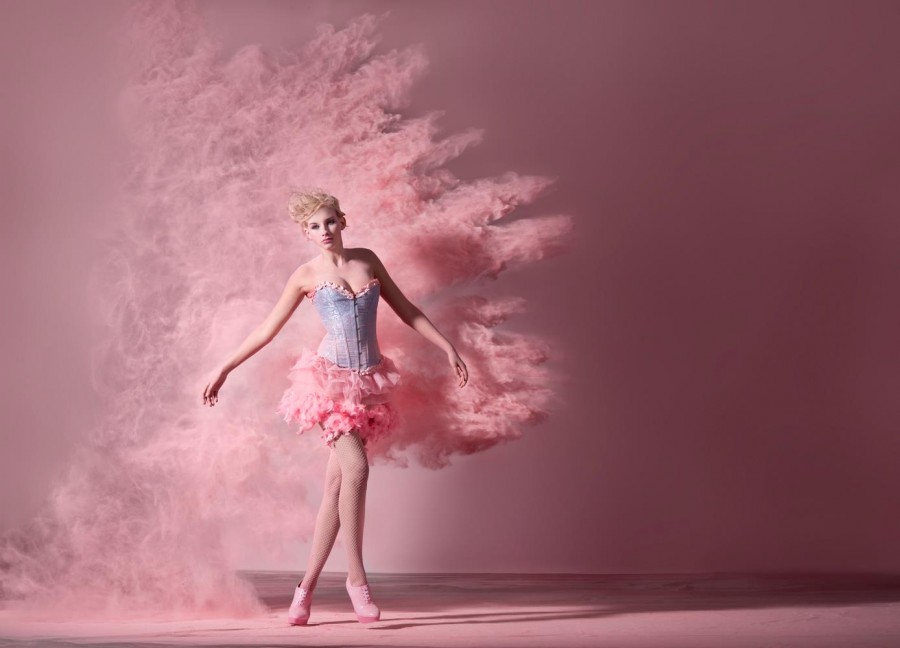
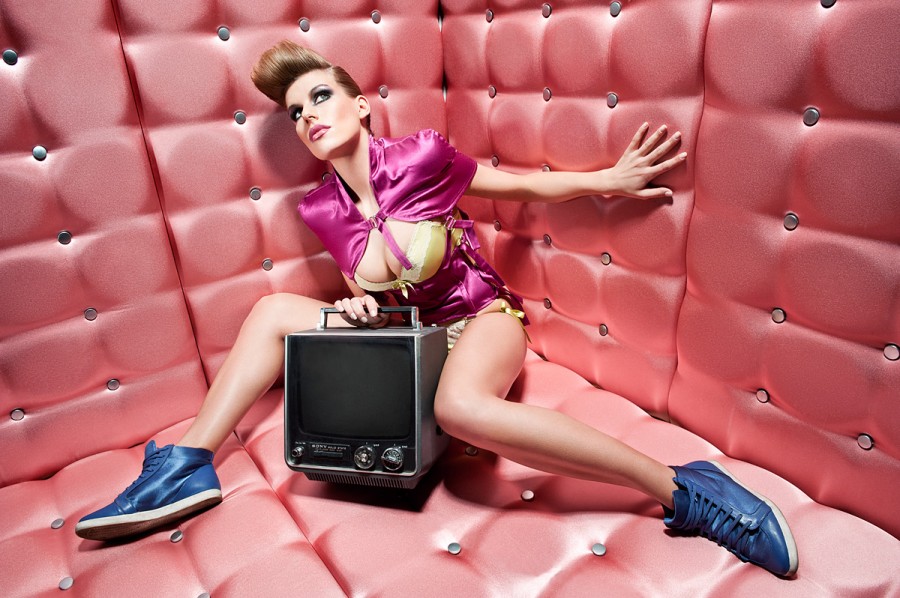
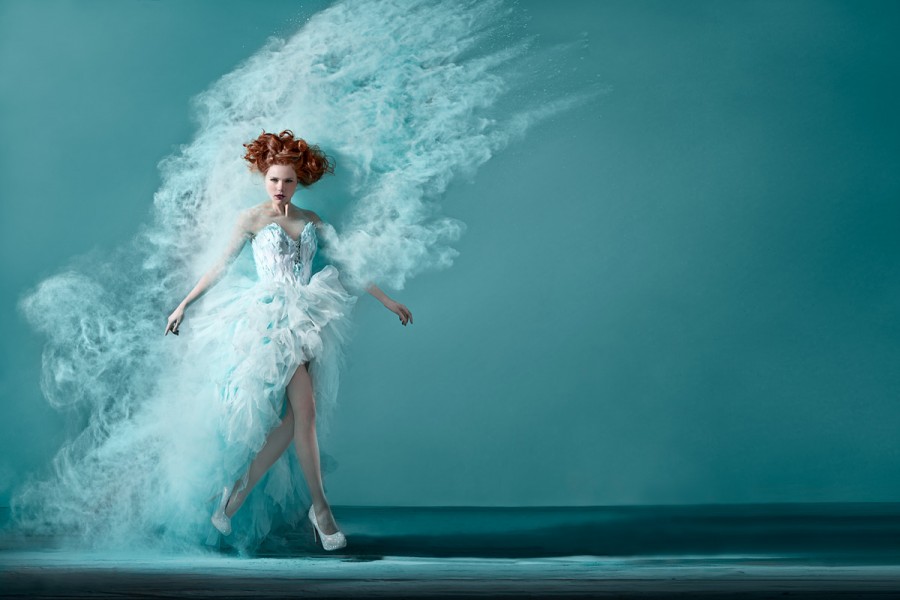
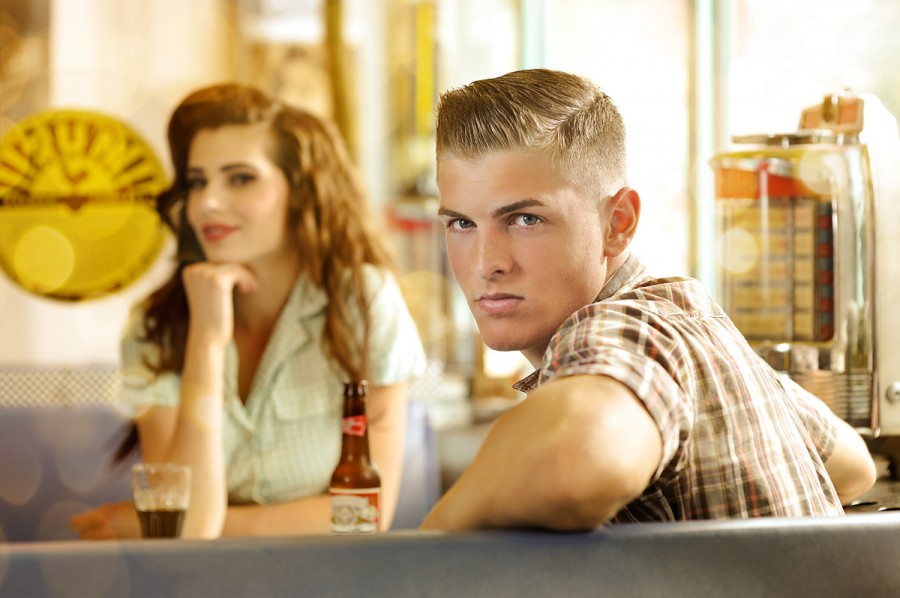
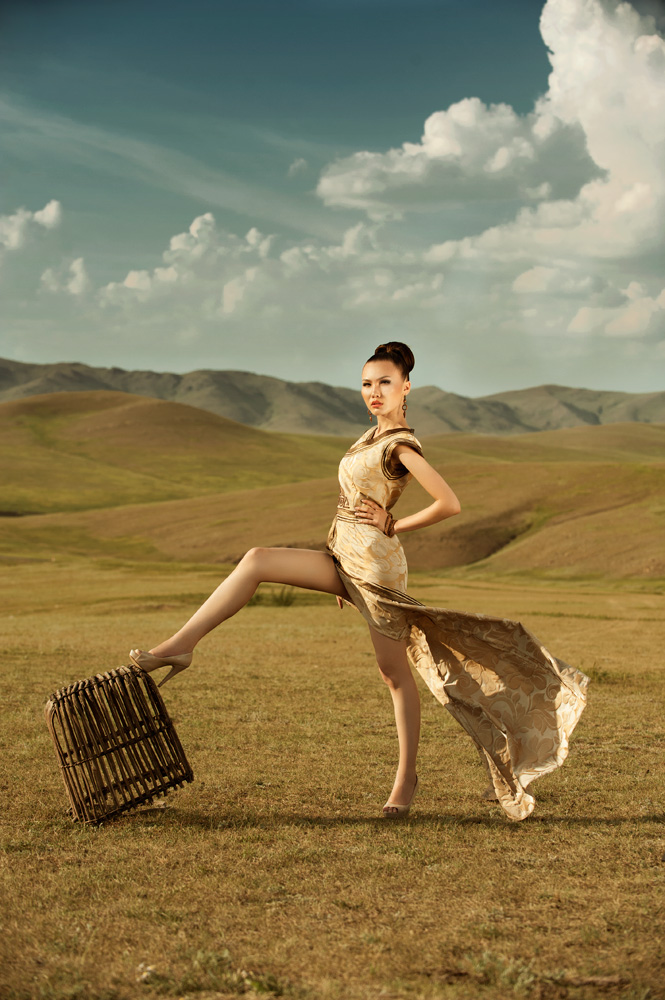
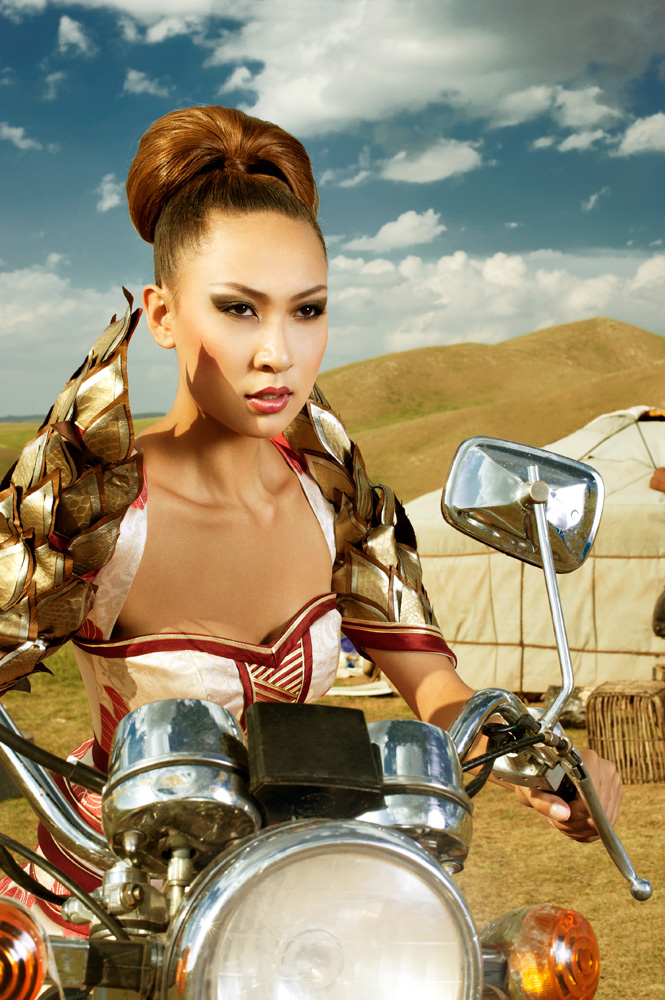
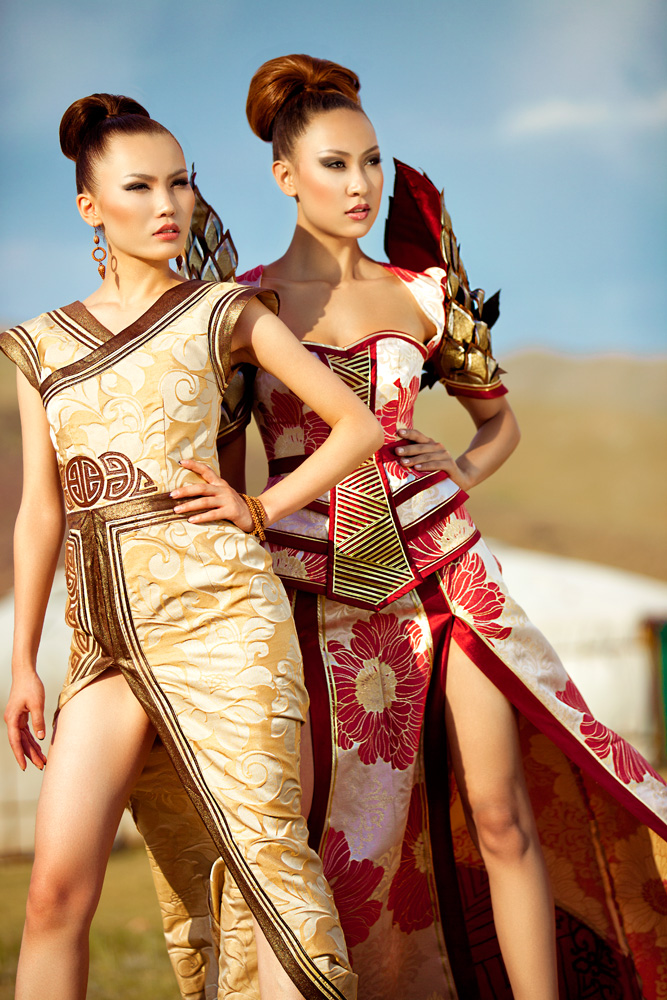
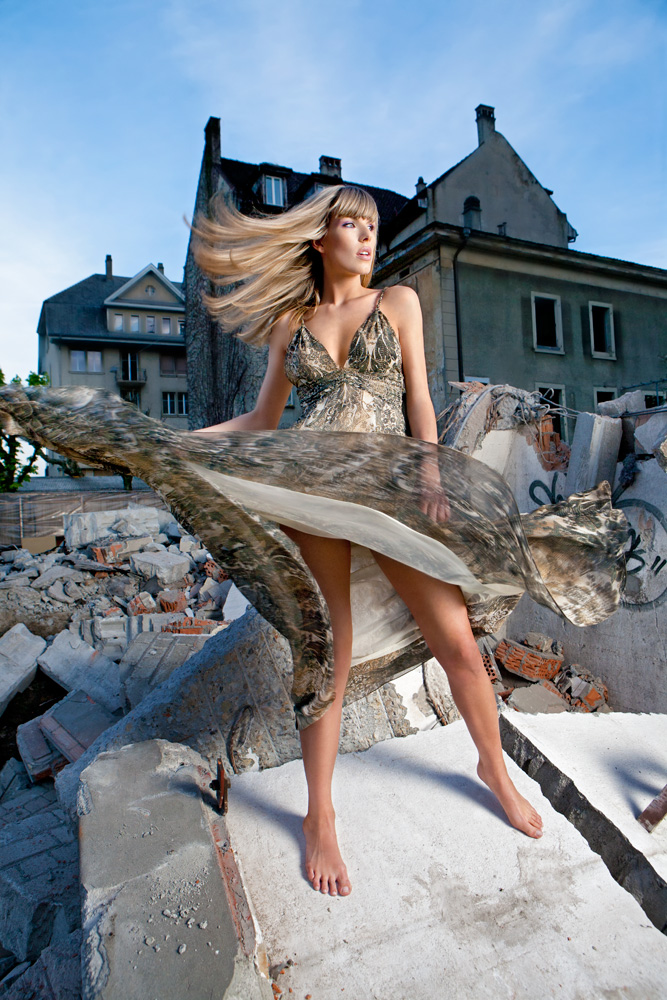
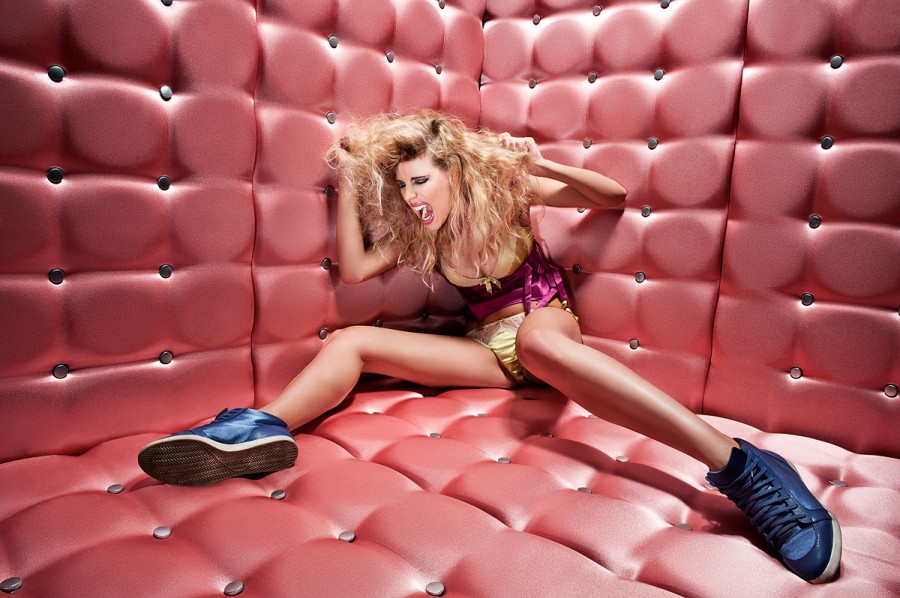
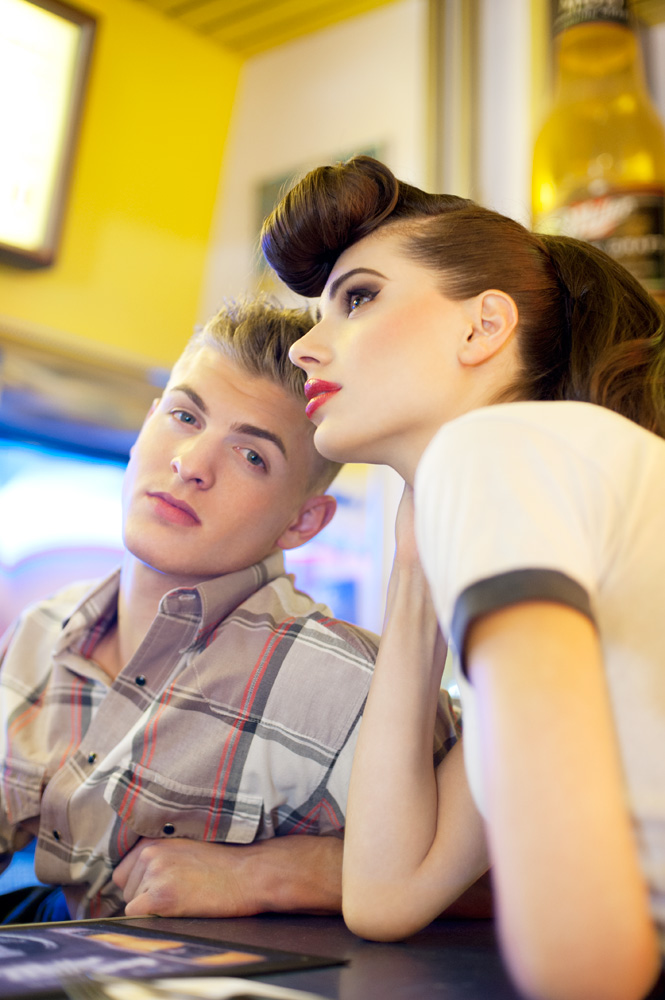
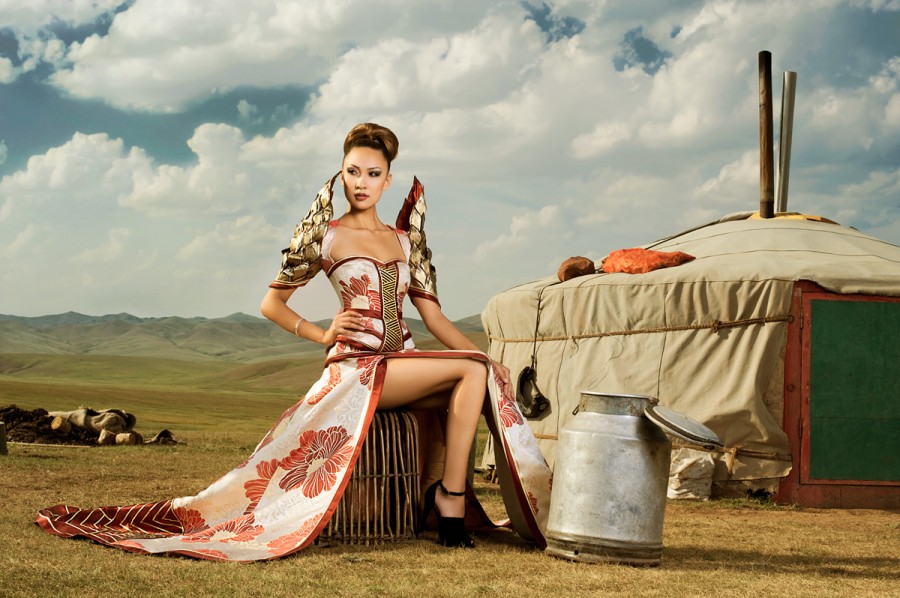

Pxleyes: Can you first tell us a bit about yourself, who is Oliver Oettli, what are your likes and dislikes, who did you work for and where did you publish?
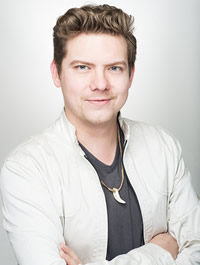 Oliver: I’m a People Photographer from Switzerland. I’m in the
business since 8 years, mostly working for companies in Switzerland and Europe. In the last year for example
I worked for Swarovski, Swatch, Ernst & Young, Victorinox, Getty Images, Hublot as well as many smaller
Swiss companies. I own a studio with around 150 square meters with a lot of equipment and an assistant. I
don’t own him though, even when he may feel like I do, sometimes.
Oliver: I’m a People Photographer from Switzerland. I’m in the
business since 8 years, mostly working for companies in Switzerland and Europe. In the last year for example
I worked for Swarovski, Swatch, Ernst & Young, Victorinox, Getty Images, Hublot as well as many smaller
Swiss companies. I own a studio with around 150 square meters with a lot of equipment and an assistant. I
don’t own him though, even when he may feel like I do, sometimes.

Pxleyes: Do you have an education as a photographer and how did you get into the fashion world?
 Oliver: I’m 100% self taught – that means I never went to a photo
school, a workshop or even read a book about photography before I started my business. However, I would not
do it the same way anymore if I could start again. It was an extremely hard time to learn everything by
myself and I often wished I would at least have assisted a pro or get basic knowledge in a photography
school before.
Oliver: I’m 100% self taught – that means I never went to a photo
school, a workshop or even read a book about photography before I started my business. However, I would not
do it the same way anymore if I could start again. It was an extremely hard time to learn everything by
myself and I often wished I would at least have assisted a pro or get basic knowledge in a photography
school before.

Pxleyes: How do you decide on the angle of a certain fashion shoot, do your clients come with special requests / ideas or do you usually suggest ideas?
 Oliver: How do you decide on the angle of a certain fashion shoot,
do your clients come with special requests / ideas or do you usually suggest ideas?
Oliver: How do you decide on the angle of a certain fashion shoot,
do your clients come with special requests / ideas or do you usually suggest ideas?

Pxleyes: How do you get the most out of your models, do you have ways to make them feel comfortable so in the end you get the photos you imagined before?
 Oliver: I explain the idea of the shooting to the whole team, I
tell the model what I’m expecting and I also give the model time to get used of the (often unfamiliar)
situation. When a model understands what you want, that you know what you’re doing, when she feels guided
but not pushed, then she will give her best. You have to give clear instructions and feedback immediately.
Oliver: I explain the idea of the shooting to the whole team, I
tell the model what I’m expecting and I also give the model time to get used of the (often unfamiliar)
situation. When a model understands what you want, that you know what you’re doing, when she feels guided
but not pushed, then she will give her best. You have to give clear instructions and feedback immediately.

Pxleyes: What has been your most memorable photo shoot, and why?
 Oliver: This got to be that mentioned fashion shooting in Mongolia.
It was not only a huge amount of work, it was also very difficult because of the different language and the
cultural differences. I’m used of different cultures, I speak 4 languages, travel to Asia frequently and I’m
even married to a Mongolian woman. But I will never forget how we were already 3 hours late for the
photo-shoot because the make up artist didn’t show up and then my team decided to just walk away before we
even left the city because “its lunch time now”.
Oliver: This got to be that mentioned fashion shooting in Mongolia.
It was not only a huge amount of work, it was also very difficult because of the different language and the
cultural differences. I’m used of different cultures, I speak 4 languages, travel to Asia frequently and I’m
even married to a Mongolian woman. But I will never forget how we were already 3 hours late for the
photo-shoot because the make up artist didn’t show up and then my team decided to just walk away before we
even left the city because “its lunch time now”.

Pxleyes: Do you have any advice for aspiring fashion photographers, what are the points to think about when preparing a shoot and what does give the best end results?
 Oliver: In the beginning its important to get experience. Go out
and shoot! A great model is a big help, but its not important when it’s about getting experience. Get to
know the light, the camera and the world around you. Then go home and look at your pictures. Did you manage
to get the result that you were going for? And if not, what is missing?
Oliver: In the beginning its important to get experience. Go out
and shoot! A great model is a big help, but its not important when it’s about getting experience. Get to
know the light, the camera and the world around you. Then go home and look at your pictures. Did you manage
to get the result that you were going for? And if not, what is missing?

Pxleyes: What kind of equipment do you use in general for a fashion shoot?
 Oliver: I use a camera, a model and light.
Actually it does not matter at all what camera, what brand, what lens, what brand of light you use. Just
make sure you know your equipment. Amateurs are going for lucky shots – once in a while everyone takes a
good picture. Pros know how to set up the equipment to get exactly the result they planned.
Oliver: I use a camera, a model and light.
Actually it does not matter at all what camera, what brand, what lens, what brand of light you use. Just
make sure you know your equipment. Amateurs are going for lucky shots – once in a while everyone takes a
good picture. Pros know how to set up the equipment to get exactly the result they planned.

Pxleyes: What do you prefer: a studio setup where you can control everything or a photo-shoot outside in a busy street where anything can happen and why?
 Oliver: When I do a personal project, I like a busy street just as much as a studio shoot.
It gives a spontaneous touch to the set up. But when I work for a client, I like to have complete control
over the situation. I’m being paid for a specific result and I can’t afford any doubts about what will
happen during the day.
Oliver: When I do a personal project, I like a busy street just as much as a studio shoot.
It gives a spontaneous touch to the set up. But when I work for a client, I like to have complete control
over the situation. I’m being paid for a specific result and I can’t afford any doubts about what will
happen during the day.

Pxleyes: Is it work or a hobby?
 Oliver: Work.
Sounds sad, but it is true. I’m so happy when I can come home on a weekend and not even think about holding
a camera for the next 48 days. It used to be hobby but now its work and no matter how much I love
photography, I want to see the world with my own eyes without a lens in front of my face.
Oliver: Work.
Sounds sad, but it is true. I’m so happy when I can come home on a weekend and not even think about holding
a camera for the next 48 days. It used to be hobby but now its work and no matter how much I love
photography, I want to see the world with my own eyes without a lens in front of my face.

Pxleyes: Do you have your own style and how would you describe it?
 Oliver: I always said I don’t an own style. My pictures are very
different from each other, depending on the project and client. When I take pictures, the only thing I have
in mind is to get the best possible result. But clients as well as my friends tell me that my pictures
actually do look like “my work”.
Oliver: I always said I don’t an own style. My pictures are very
different from each other, depending on the project and client. When I take pictures, the only thing I have
in mind is to get the best possible result. But clients as well as my friends tell me that my pictures
actually do look like “my work”.

Pxleyes: Is there any post processing involved in your work, if so what software do you use and where lay the borders on what you would do in post processing?
 Oliver: As mentioned before, I don’t do a lot of post processing.
But of course that always depends on what you consider “a lot”.
Oliver: As mentioned before, I don’t do a lot of post processing.
But of course that always depends on what you consider “a lot”.
Website: oliver oettli
Howdie stranger!
If you want to participate in our photoshop and photography contests, just:
LOGIN HERE or REGISTER FOR FREE
-
says:
-
says:
you’re good artist……..
( 2 years and 3092 days ago ) -
says:
so exciting…
( 2 years and 3074 days ago )



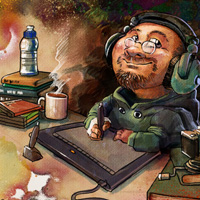



I enjoyed reading this. A photographer relying on his skills and not a computer.
( 2 years and 3130 days ago )To be Authentic never goes out of style ! 🙂